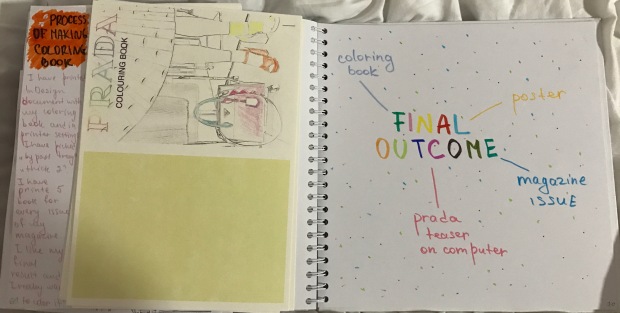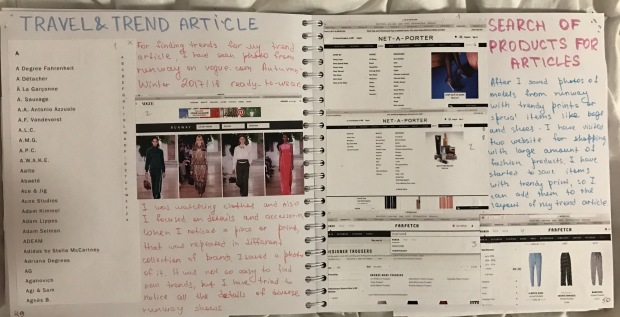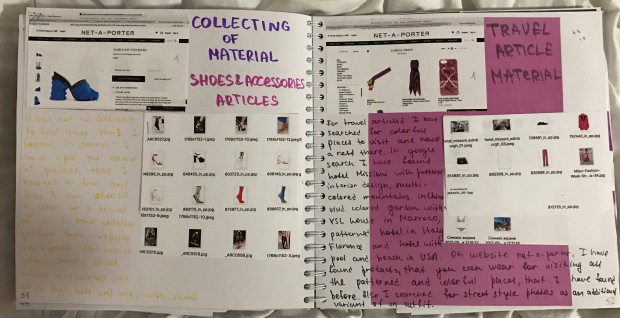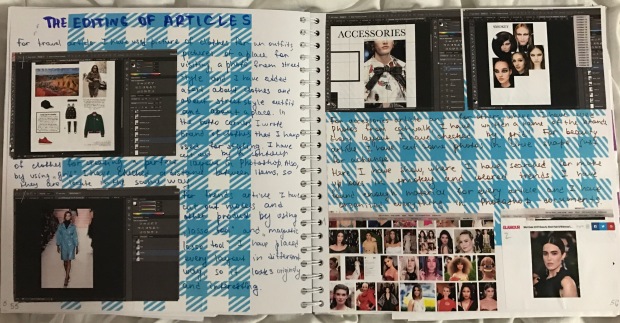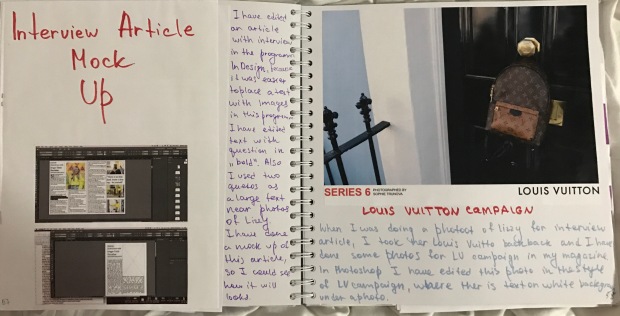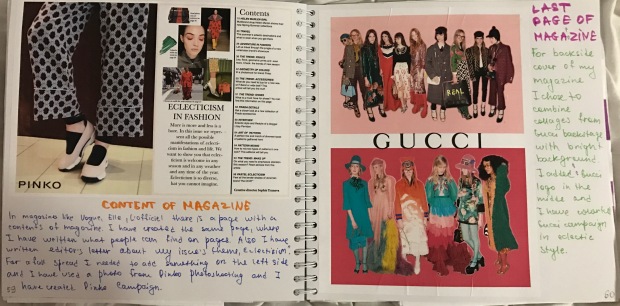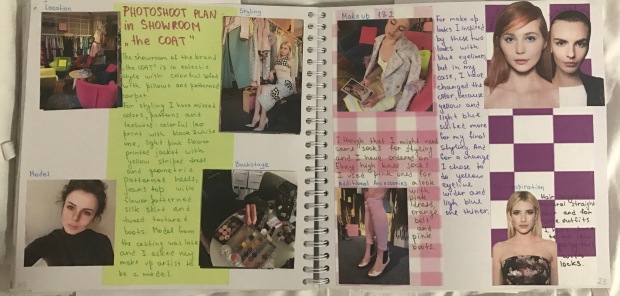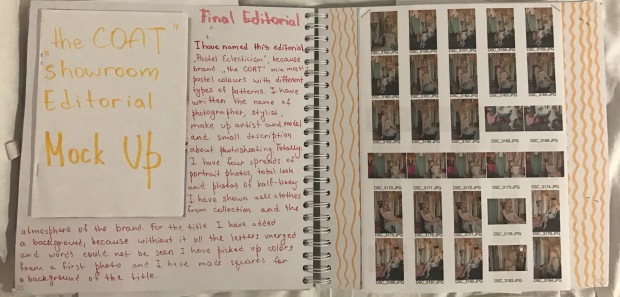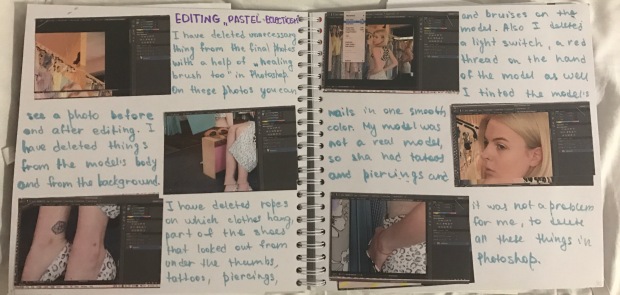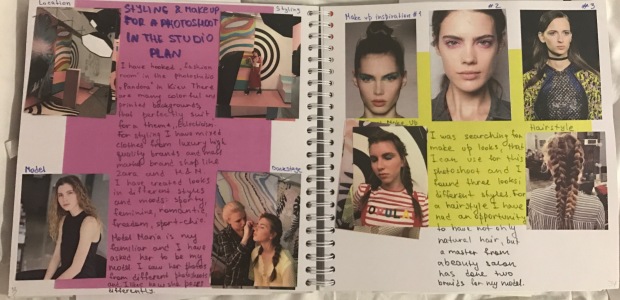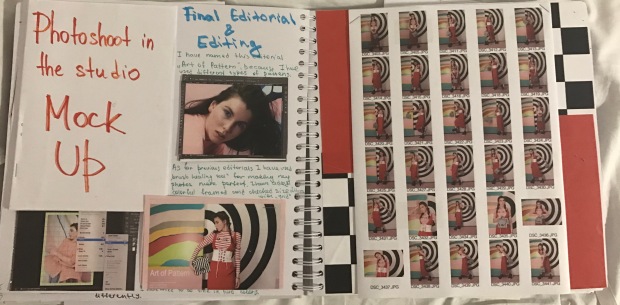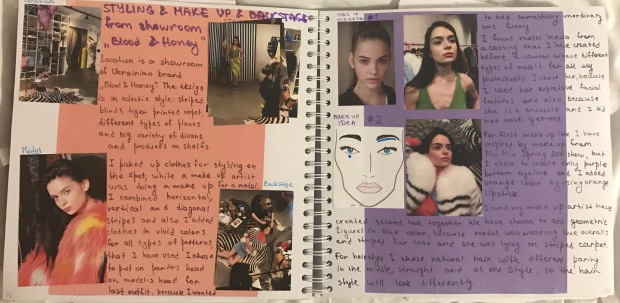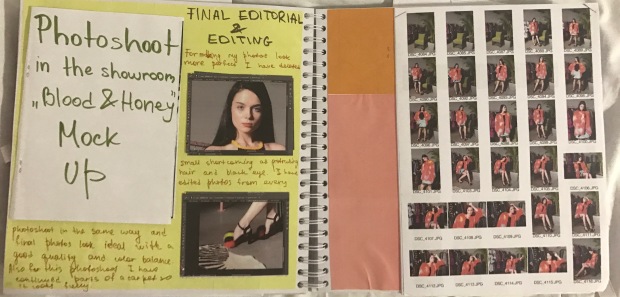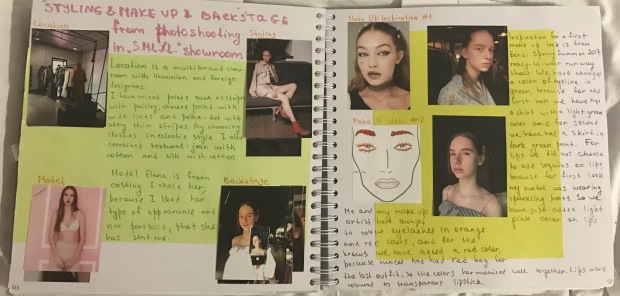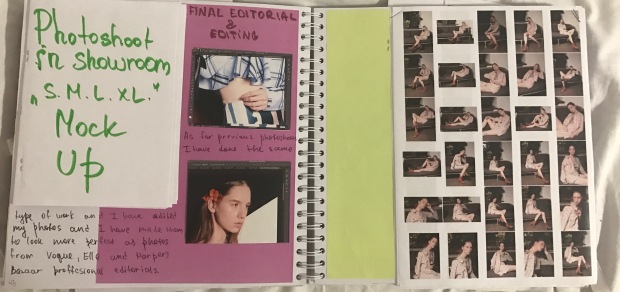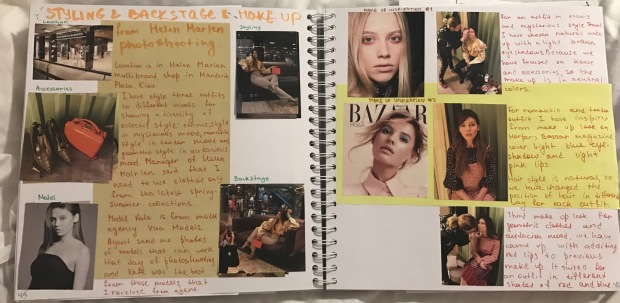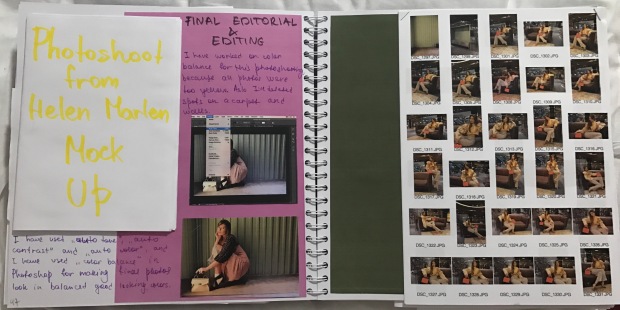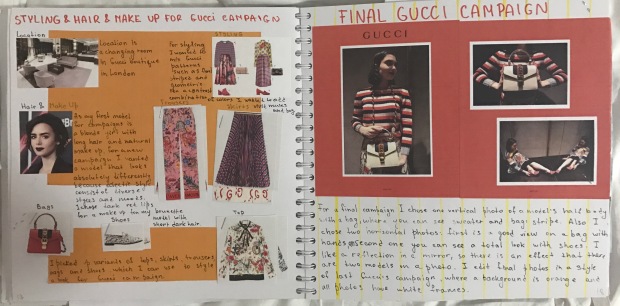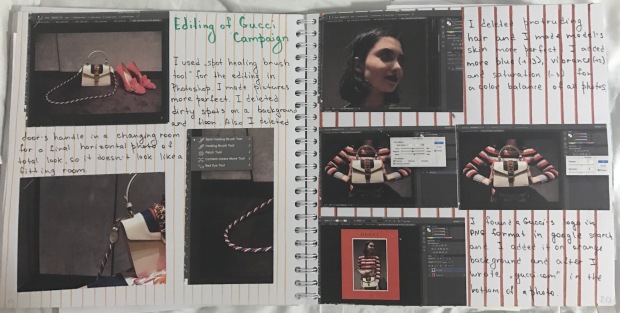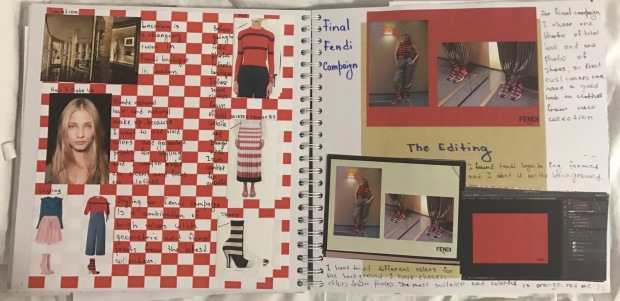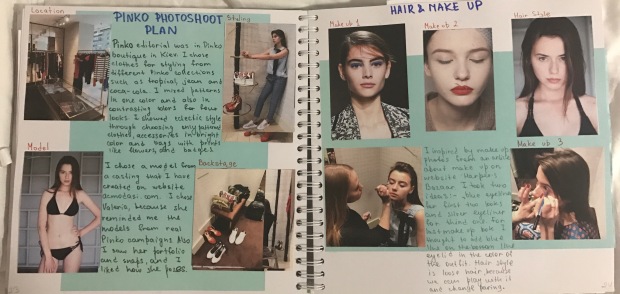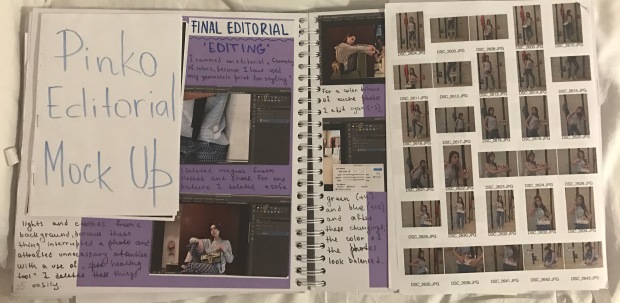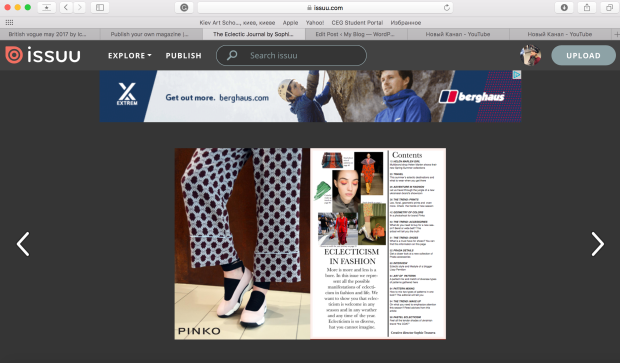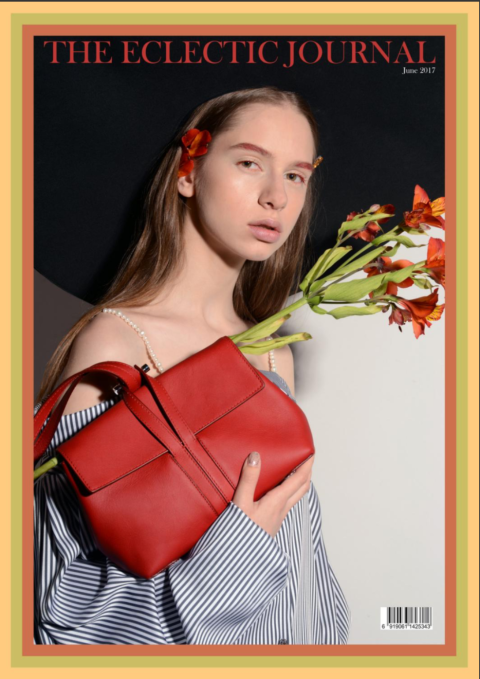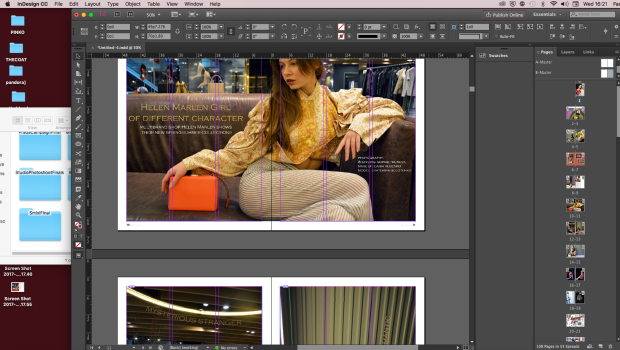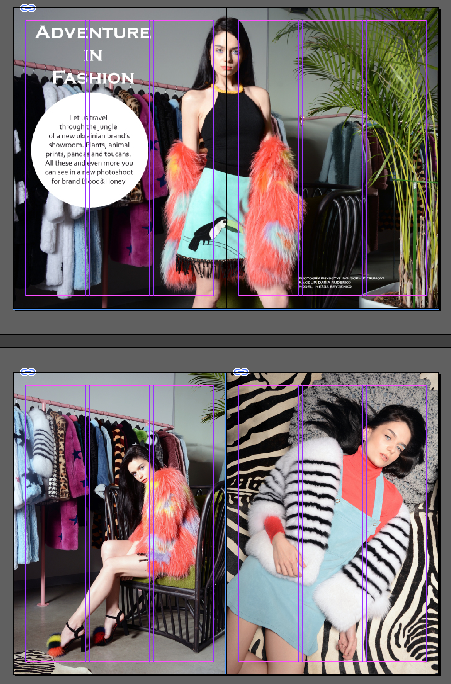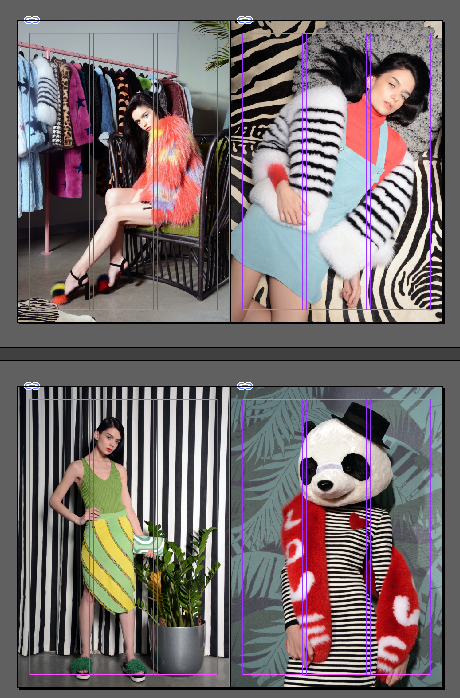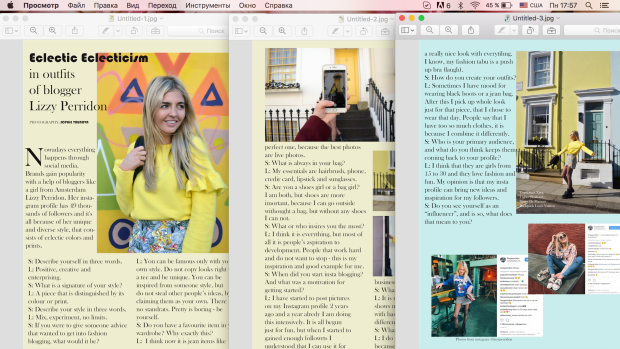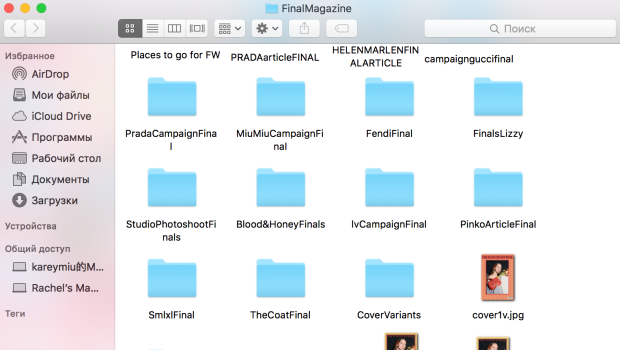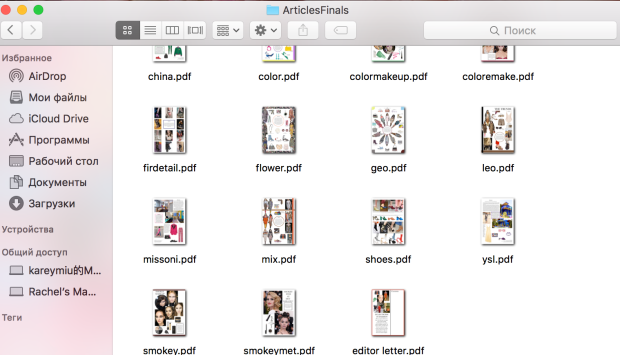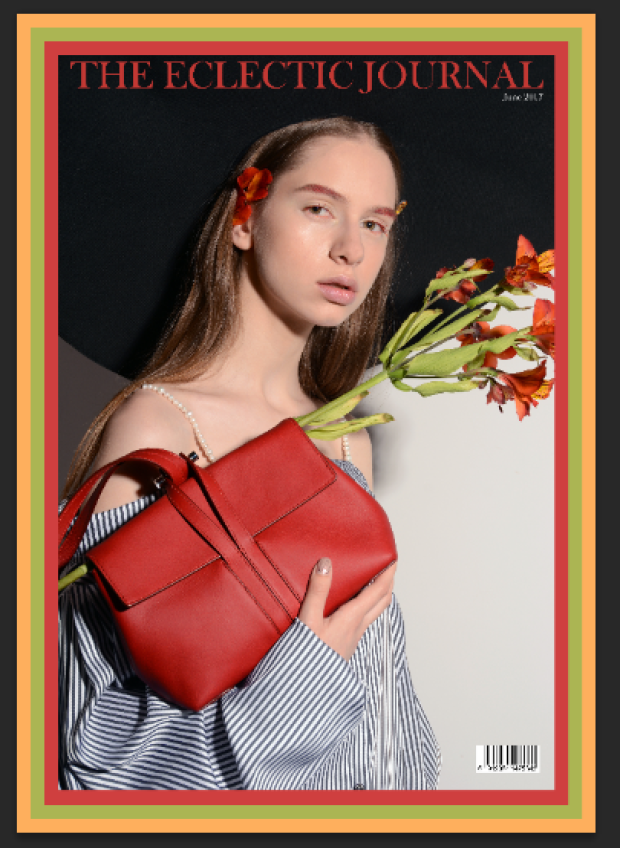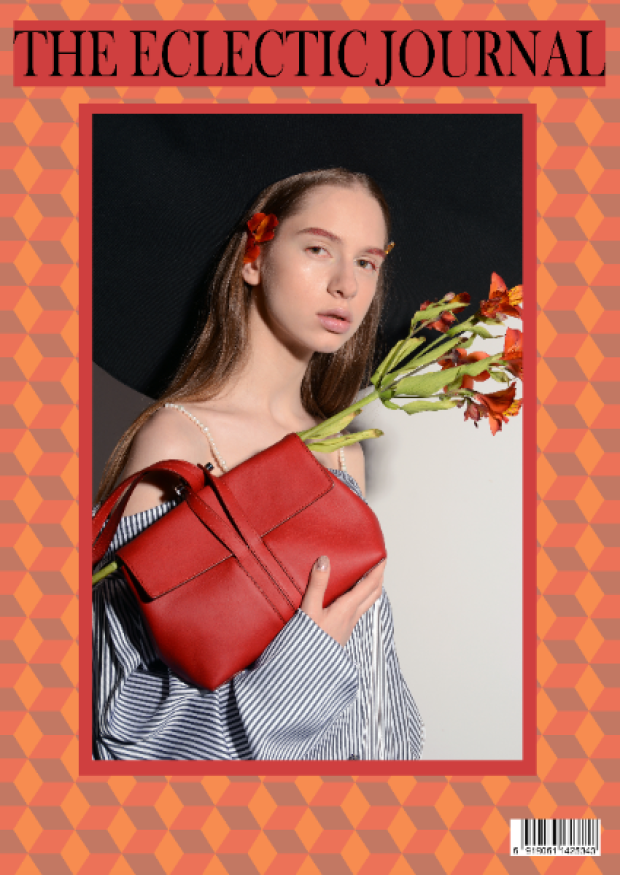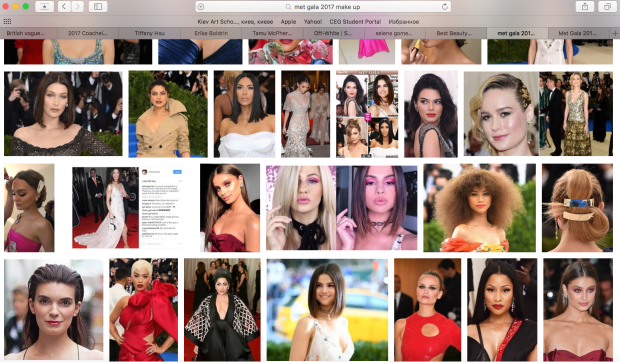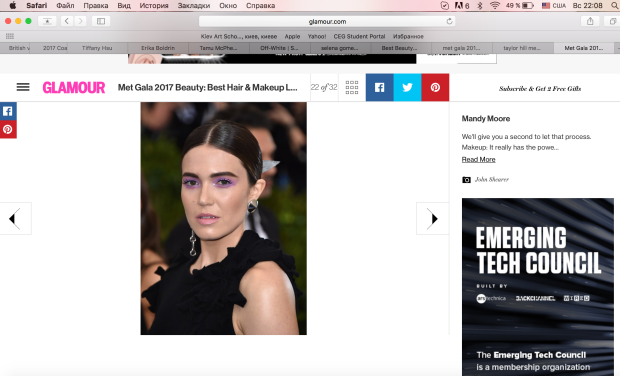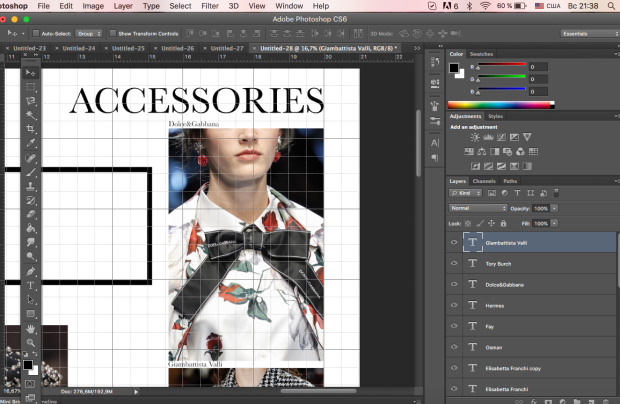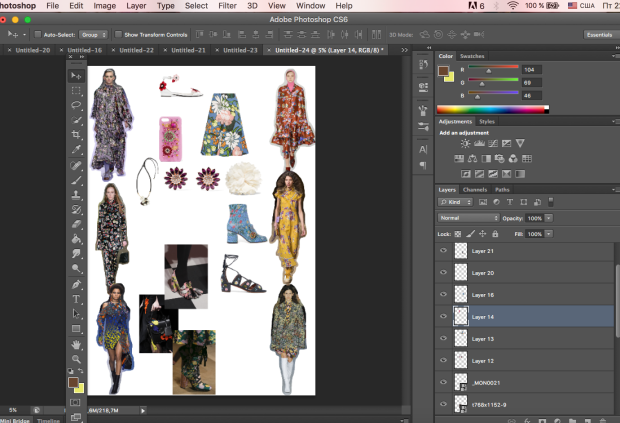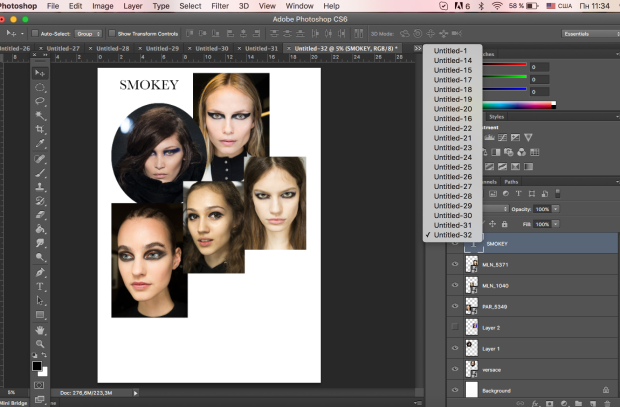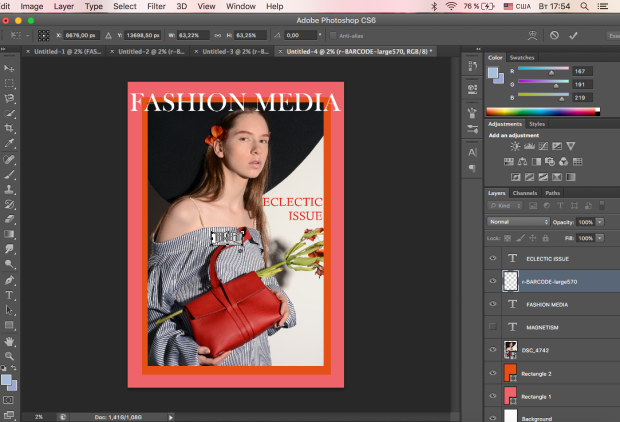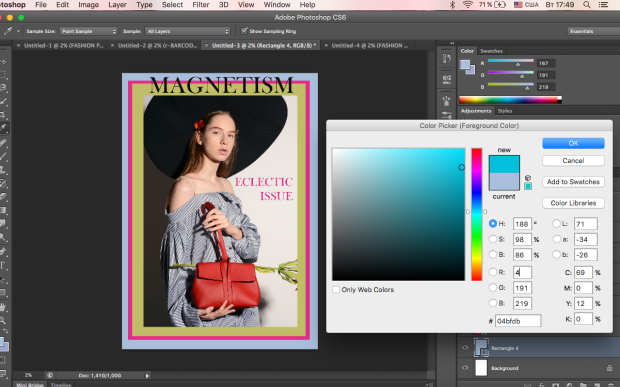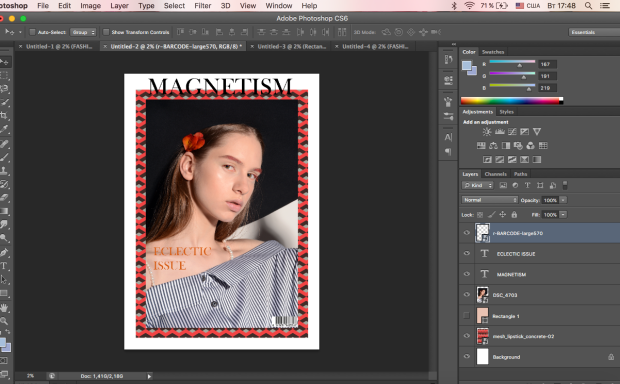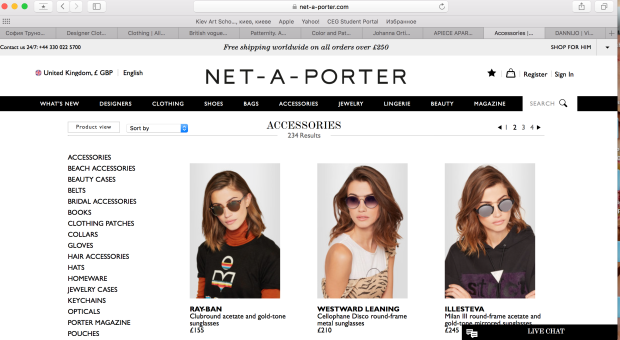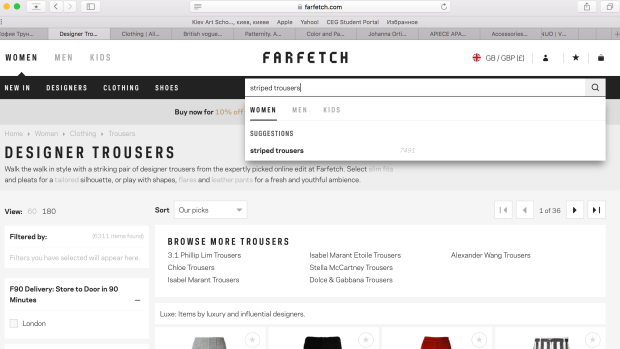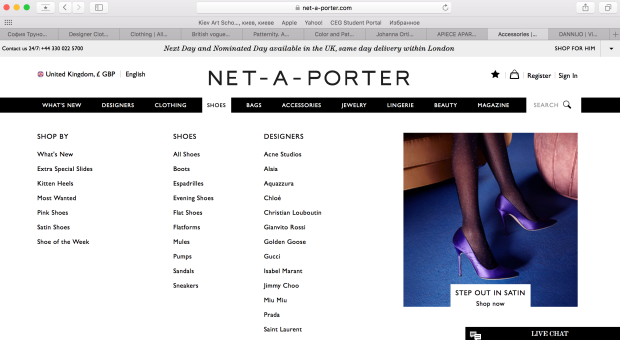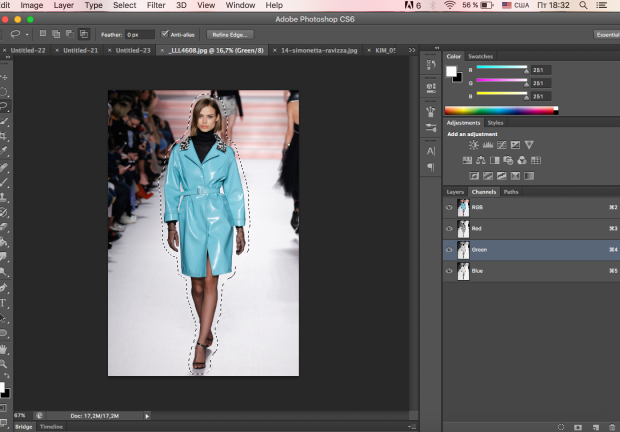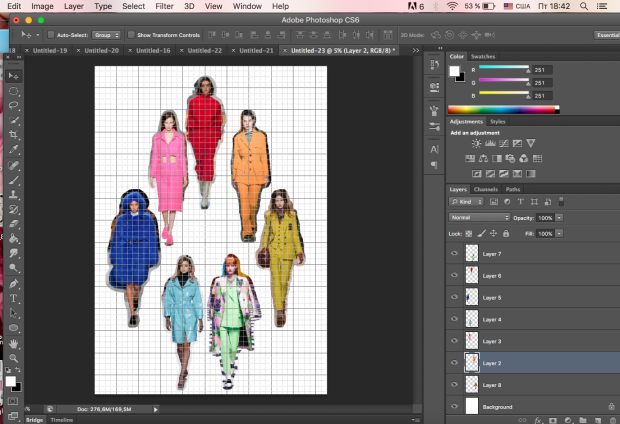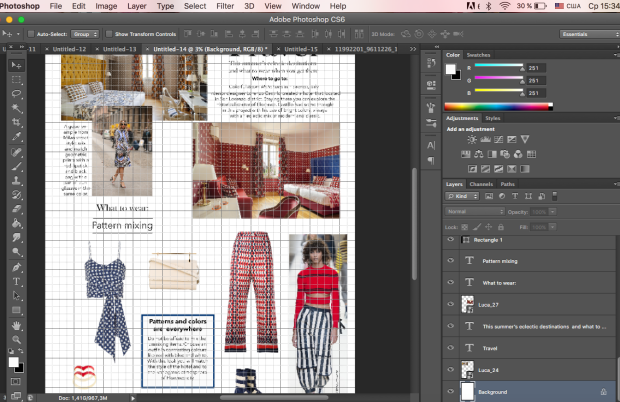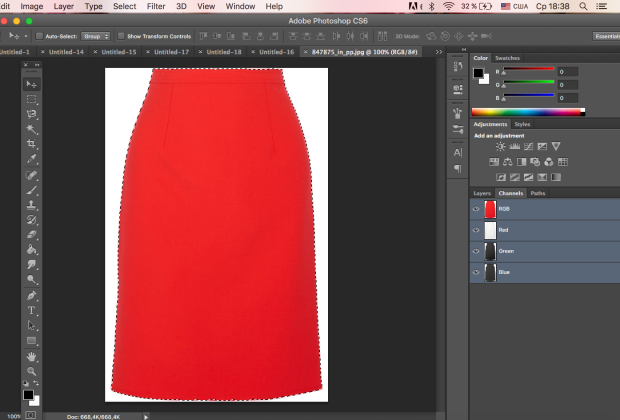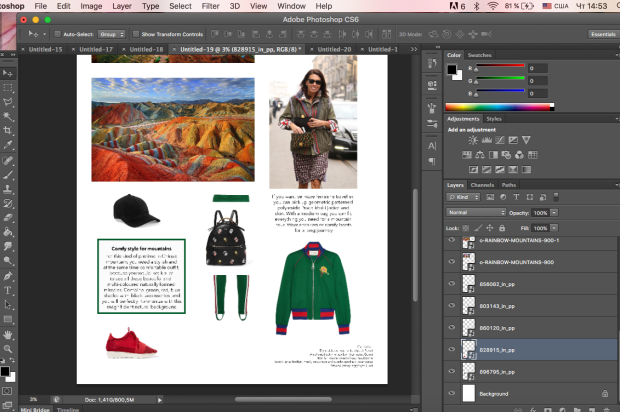Body.
I asked myself what is eclecticism in fashion? I think it is a mix of textures and colors; a combination of diverse, variegated styles combined. Colors and patterns attract customers to garments which fuels sales. These two elements are vital – first impressions will either attract or repel a consumer from a product. Color and pattern have the power to elicit an instant emotional attachment to an item. Often, this attachment can dictate the consumer’s choices in a market full of similar, competing for products. We all like to own items that feel like an expression of who we are. The resurgence of print and pattern in all facets of design has given the consumer a myriad of ways to specifically assert a fierce sense of identity and personality. (Khristian A. Howell, 2015)
Designers use patterns for their work, but why do patterns and prints attract the buyers? I will reason about this question.
Studying the dynamics of the fashion industry, I can suggest that there is an element of playfulness when it comes to self-expression. In his or her everyday life an adult has nowhere to “play”; buying goods and choosing clothing can be a field for this sense of youthful experimentation. I don’t think it is enough just to offer a well-cut dress or suit. For this process to prove fulfilling for a customer, the seller must create the effect of quest or discovery, which can increase customers’ enjoyment, excitement, and gratification. This level of emotional payoff and engagement with the product inspires brand loyalty and fuels sales. In this case, patterns and prints embellish, inspire and appeal emotionally to consumers and can play an important role in their engagement with fashion products.
When designers use someone’s patterns or remodel them, people such as colorists and pattern designers rack their brains in search of ideas for brand new patterns.
Colorist Khrisitian Howell has written a book about Color and Pattern, where she helps people to develop patterns design skills and also to help view the world with the eyes of a designer. It is very interesting and useful to known what inspired her and to know the process of creating her new patterns because you should not be afraid to experiment and look for solutions in different areas of life.
“When I am in the beginning stages of developing new patterns or collections, my studio looks like a war room. I pull out samples I love (both new and archived); countless magazine tears cover my desk, and fresh flowers usually fill the room. I crave imagery to get the creative flow going. Those images are amassed from a variety of source: Fashion, travel, and exploring new sights, cultures, and experiences are the trigger points for me. In the moments when I am immersed in these experiences, I feel the most creatively free.” (Quote Khristian A. Howell, 2015)
Khristian Howell creates unique patterns and uses them for creating products for life: pillows, wrapping sheets, coaster sets, wall calendars, notebooks, card sets and phone cases.
You see already that the world of designers is a world of creativity, improvisation but also a world of knowledge and experience. I will show you this below, how the ancient East and antiques inspire modernity.
Let us begin with a fashion designer Thea Porter, who specialized in ‘bohemian chic’ style.
For reproducing clothes in this concrete style she creates luxurious textile with a middle east patterns with an exotic accent, that inspired her. Thea Porter’s fabulous designs presented ‘bohemian chic’ to 1960s London, New York, and Paris. Frequently combining antique textures with richly patterned silks, her creations were exotic, charming and exceptionally individual. (Fashion and Textile Museum, Thea Porter (2015).
Why exactly patterns?
Print and pattern shapes the social landscape and contributes to the stratum of society, whether through transitional trends, ritualistic cultural traditions or the simple desire to break free from the norm.
Patterns harness the unexpected and make us reassess our surroundings and our vision of the world, allowing us to elevate the mundane and revel in the chaos and clarity pattern can provide. Patterns excite us and enable us to fuel both our imagination and our environment.
While researching sources of inspiration for pattern design, I discovered ‘The Design Library’ – a twelve-thousand-square-foot loft in a converted 1907 fabric mill in New York’s Hudson Valley. It holds more than seven million antique, vintage, modern, and contemporary textiles and swatches, painted patterns, wallpapers, embroideries, yarn dyes, pattern books, and production records from important mills, dating from the 1750s to the present. More than ten thousand designers access the pattern collection each year.
When designers or design teams cone to the Design Library, they often have a specific print type or mood in mind. Other times, designers visit for general inspiration. A stuff consultant learns the client’s ideas, interprets the project’s needs, and pulls a unique array of designs. The focus of these pulls depends on the information provided by the designer. Often it is a visual – a clipping from a newspaper or magazine, or a website image showing a recent runway pattern, for example; sometimes it is verbal, a description of a mood or an era. After taking in the large assortment, the designer sets aside favorites and strong contenders and further pares down the choices to a more realistic grouping for final consideration. The designs ultimately selected may simply initiate the client’s journey of inspiration and direction, or they may find a direct, literal reuse, appearing on a new product much as they did originally.
Exploration sparks ideas that lead to a line or a collection, which in turn inspire individuals in their own creative expression, whether with the clothing they wear or the décor of a home or public space. A nineteenth-century swatch of chintz becomes a stylish shirt, an elegant couch, beautiful stationery. That is the magic that happens when designer interact with this magnificent collection. The Design Library places patterns from the past into today’s most creative hands, sending them back into the world. (Peter Koepke, 2016).
Let us see what Executive Vice President Creative Director, Lee Holman said about using patterns from Design Library:
“The Design Library is a constant source of inspiration as we start the seasonal creative process. The New York headquarters has a broad range of archival print and pattern references that spark the imagination as we build out the mood and trend for the season. The 1961 paper impression flower print was key to bringing the seasonal colors together through an abstract multicolor pattern that connects back to the Lululemon DNA of combining handcrafted techniques with functional fabrications. We showcased the print in our yoga collection and designed it into our most iconic high-rise Wunder Under legging and Energy Bra, enabling our quest to meet her full potential as she pursues as a sweaty workout.”
I chose two designers to show how prints and patterns are born, which become the hallmark of the fashion house.
The designer Marquis Emilio Pucci has created his own unique and recognizable design pattern for his brand Pucci. It is very interesting to know that has inspired him and how and with what he has begun his career.
It was during the ‘50s that Pucci began developing his signature prints: graphic, abstract designs inspired by the world around him – Sicilian mosaics, heraldic banners, Bali Batiks, and African motifs. It was the first time that such pulsing geometric patterns had been incorporated into clothing and the effect was highly original, so much so that the international fashion press, smitten by his bold, radical approach, crowned him “The Prince of Prints”. Each print was like a work of art born upon a silk canvas, framed with a decorative border and signed in the artist’s name – “Emilio”. He brought a luscious, bright color palette to his craft. As a colorist, he was unparalleled and drew inspiration primarily from the natural landscapes of the Mediterranean, but also from the exotic locales to which he traveled. The result was a sophisticated fusion of color which became the hallmark of Pucci design.
Instantly recognizable, Pucci’s glorious and joyful combinations exude energy and emotion and allow the designs of the clothes themselves to remain relatively simple.(About Emilio Pucci http://home.emiliopucci.com/about-emilio-pucci)
Do you know Missoni’s iconic zigzag pattern? If not, cursory research will provide inspiration from a diverse array of art, ethnicities and cultural interests.
Missoni’s the range of color and its unique layout was something that had never been executed before in the world of high fashion, so it was only natural that others would draw upon this aesthetic for years to come. By establishing that beauty never has to be sacrificed, they have inspired American sportswear companies to play with color and line in their products and elevate their practical garments to a form of art. Likewise, Missoni broke new ground in couture and costume within the industry. The brands characterized by bright colors, mesmerizing patterns, and free flowing garments. In fact, they were one of the first companies to use space-dying and computer-aided design (CAD) in the pattern-creating process.
Famous brands that specialized in the pattern not only attract customer’s attention for buying their clothes but also that attract other brand’s attention. For example, budget-friendly mass retailers such as Forever 21 also offer versions of the Missoni look, but without the superior knit quality that can only be attained by using more expensive yarns and construction methods. Forever 21 sells items that draw inspiration from the signature colors and patterns made famous by Missoni.
Their unique style has made them highly coveted. Now, more and more U.S. designers are following Missoni’s lead and using computer aided design to create bolder and more intricate patterns in their textiles (Ganem). Among those inspired by Missoni’s quality and artfulness are designer Diane von Furstenberg and apparel brand Forever 21. Both have recognized that Missoni’s formula has the power of longevity. This fashion house will undoubtedly continue to revolutionize and inspire. After all, nothing says immortality quite like a daring pattern. (Emily Vartanian http://services.library.drexel.edu/static_files/dsmr/Vartanian_Final_Edit.pdf.)
So, imagination and creativity, knowledge and experience, trivialities and everyday life – for the designer can all become a catalyst for work.
Some designers are prescient and can anticipate stylistic trends that have yet to take hold. Others have a knack for finding fresh beauty in an old pattern and can envision exciting ways to repurpose it. Still, others may be highly innovative, able to develop novel blends of art and technology to create a new fabric. The magic lies in all that they can do with an inspiring pattern.
Sometimes a designer chooses to directly replicate a historical pattern; other times, a pattern simply serves as a starting point, igniting a flame of creativity and resulting in very new visual solutions. An eighteenth-century pattern becomes the inspiration for a twenty-first-century design, a fashion print from the past becomes the inspiration for fashion collection today, and so a collection comes to life.
Conclusion.
My essay corresponds to my Final Major project special work and supports the creative and research process that I am making in my FMP. I expanded my knowledge about designer’s inspiring influences and the creative side of patterns used by designers. Books that I have used for writing my essay helped me to create new patterns for my primary research of FMP. The main points are that I found out how exactly eclecticism is incorporated into collections and where designers find new ideas for a creating pattern for their new collections. I answered the questions that I have mentioned in my introduction. I have presented the research in an interesting way and with a help of sources, that relate to my theme, I have answered the question “ How do designers use patterns in their work?”
Bibliography
EMILIO PUCCI. ABOUT EMILIO PUCCI. Available: http://home.emiliopucci.com/about-emilio-pucci. Last accessed 10/05/17.
Emily Vartanian. Missoni: The Influential and Everlasting Power of Pattern. Available: http://services.library.drexel.edu/static_files/dsmr/Vartanian_Final_Edit.pdf. Last accessed 10/05/17.
Fashion and Textile Museum. (2015). Thea Porter 70s Bohemian Chic. Available: http://www.ftmlondon.org/wp-content/uploads/2014/10/TheaPorter-press-release.pdf. Last accessed 09/0517.
Khristian A. Howell (July 15, 2015). Color and Pattern: 50 Playful Exercises for Exploring Pattern Design. Beverly, MA 01915: Rockport. page of impact of pattern design. Last accessed 10/05/17.
Peter Koepke (2016). Patterns Inside The Design Library. London: Phaidon. p9. Last accessed 10/05/17.
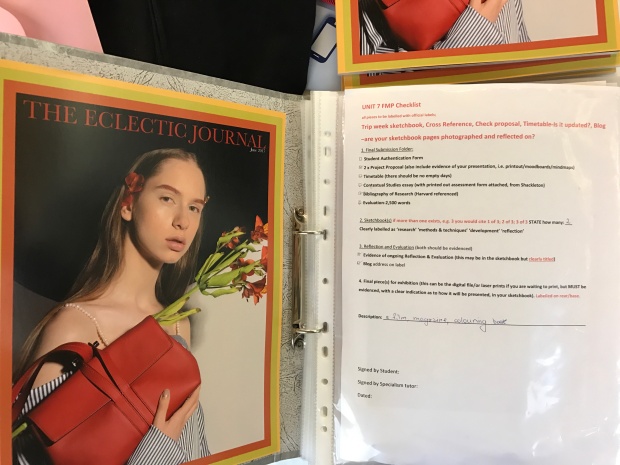
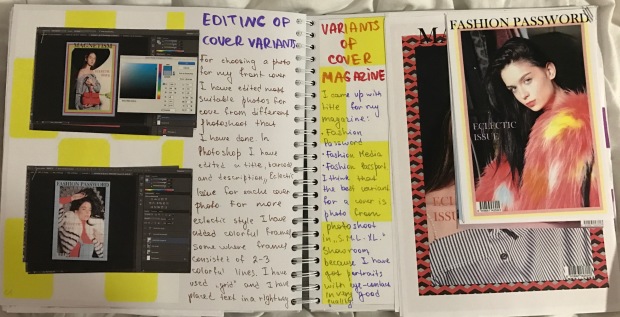
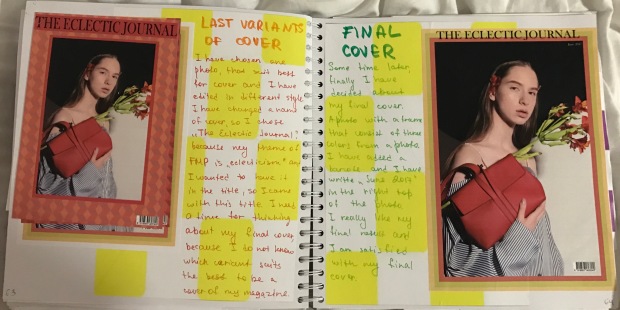
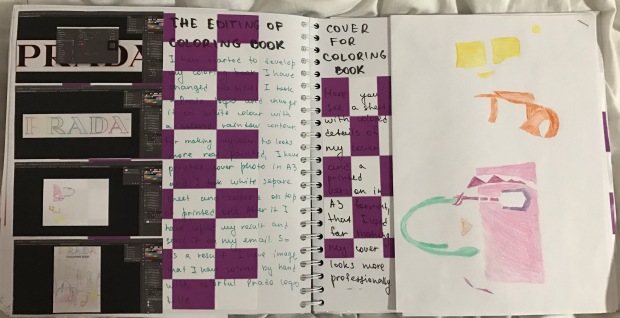
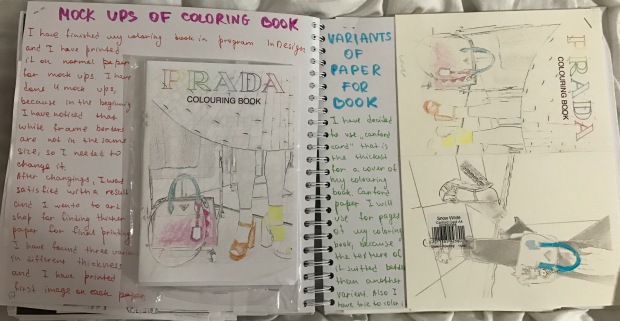 I have printed five colouring books for each issue of my magazine. I like a result of my book. Also I have posted a photo of my collouring book in my Instagram profile and 10 people have written to me, that they want to buy my book. I am planning to create more books and send them to my followers from Ukraine and Russia.
I have printed five colouring books for each issue of my magazine. I like a result of my book. Also I have posted a photo of my collouring book in my Instagram profile and 10 people have written to me, that they want to buy my book. I am planning to create more books and send them to my followers from Ukraine and Russia.